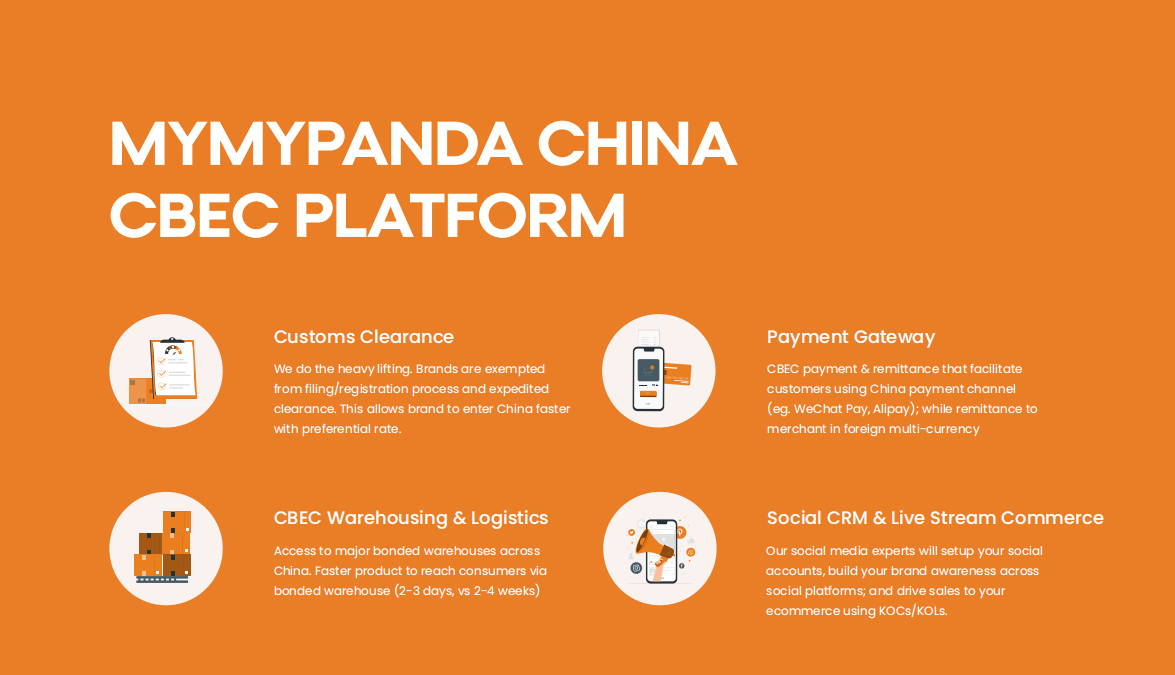China has emerged as a global powerhouse in e-commerce, with a significant portion of its market driven by cross-border transactions. As the world’s largest e-commerce market, understanding the dynamics of cross-border e-commerce in China is crucial for businesses aiming to tap into this lucrative sector. In this article, we delve into the intricacies of cross-border e-commerce in China, exploring its growth drivers, challenges, and opportunities.
Understanding Cross-Border E-Commerce in China
Cross-border e-commerce refers to the buying and selling goods and services between different countries through online platforms. In China, this sector has witnessed explosive growth, fueled by rising disposable incomes, increased consumer demand for high-quality foreign products, and government policies supporting e-commerce development.
Growth Drivers
Several factors have contributed to the rapid expansion:
Rising Middle Class: China’s burgeoning middle class has a growing appetite for high-quality goods from overseas, from cosmetics and apparel to electronics and health supplements.
Digital Connectivity: With over 1 billion internet users and widespread smartphone penetration, China boasts a digitally savvy consumer base eager to explore and purchase products from international brands.
Government Support: The Chinese government has implemented various policies to support, including pilot free trade zones, streamlined customs procedures, and tax incentives for e-commerce enterprises.
Marketplaces and Platforms: Leading e-commerce platforms such as Alibaba’s Tmall Global and JD Worldwide provide foreign brands with access to millions of Chinese consumers, offering integrated logistics, payment, and marketing solutions.
Challenges and Considerations
While the prospects for cross-border e-commerce in China are promising, businesses must navigate certain challenges and considerations:
Regulatory Environment: Compliance with China’s ever-evolving regulatory landscape, including customs regulations, product standards, and tax policies, is essential for success.
Localization: Understanding Chinese consumer preferences, cultural nuances, and market trends is crucial for tailoring product offerings, marketing strategies, and customer experiences to the local market.
Logistics and Fulfillment: Efficient logistics and fulfilment operations are essential for delivering products to Chinese consumers in a timely and cost-effective manner, necessitating partnerships with reliable logistics providers.
Competition: The space in China is highly competitive, with domestic and international players vying for market share. Differentiation through unique products, branding, and customer engagement is key to standing out amidst competition.
Opportunities for Growth
Despite the challenges, cross-border e-commerce in China presents abundant opportunities for businesses:
Market Expansion: Access to China’s vast consumer market presents an opportunity for businesses to expand their customer base and drive revenue growth.
Brand Building: Establishing a presence in China enables brands to enhance visibility, build brand equity, and cultivate brand loyalty among Chinese consumers.
Innovation and Adaptation: Embracing innovation in areas such as technology, marketing, and customer engagement can help businesses stay ahead in China’s dynamic e-commerce landscape.
Partnerships and Collaboration: Collaborating with local partners, influencers, and e-commerce platforms can facilitate market entry and accelerate growth in China.
Conclusion
New changes offers immense potential for businesses seeking to tap into China’s lucrative consumer market. By understanding the market dynamics, addressing challenges, and seizing opportunities, businesses can position themselves for success in China’s vibrant e-commerce ecosystem.If you’re looking to expand into the Chinese market and enhance your brand’s sales, you can connect with our cross-border experts. Mai Mai Panda serves as a bridge between overseas brands and the Chinese market, offering detailed strategies tailored to your needs. We provide guidance on successful positioning in the Chinese digital landscape through competitor analysis and market data.








